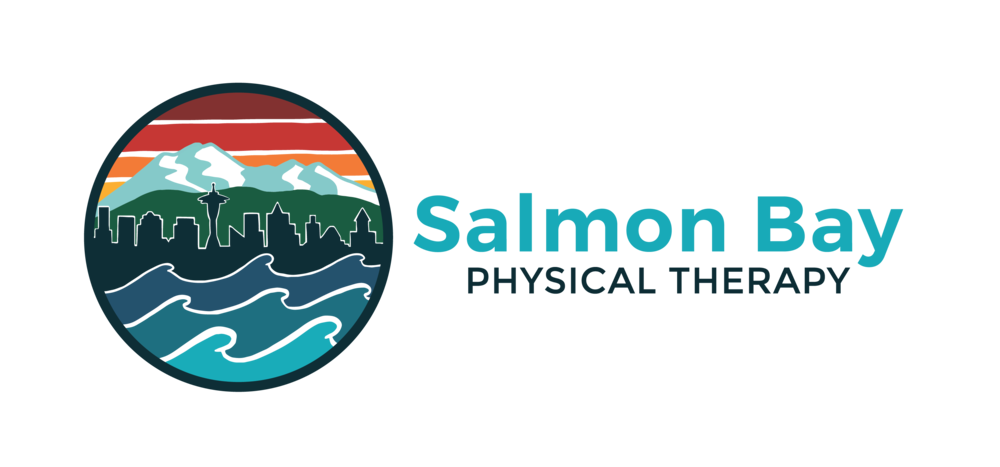Yesterday’s “Move Better” post presented the Overhead Squat Test as a way to test your overhead squatting form and self-assess the mobility of the joints involved in this movement. Today’s post will discuss ways to improve your mobility in the different areas of the body involved in squatting and overhead squatting. Specifically, we will discuss mobility exercises for the ankles, hips, thoracic spine, and shoulders.
Ankle Dorsiflexion Mobility
Dorsiflexion is a motion that occurs at the ankle and involves the movement of the top part of the foot toward the tibia (shin) bone and is an important movement when performing a deep squat. During a squat, ankle dorsiflexion limitations may present in several ways. Common signs of poor ankle dorsiflexion that may occur during a squat include excessive turnout of the feet, the knees moving too far inward (knee valgus), or losing contact with your heels on the ground.
To learn how to improve your ankle dorsiflexion mobility, CLICK HERE.
Hip Flexion Mobility
A deep squat requires adequate hip flexion mobility, which occurs when the femur (thigh bone) flexes upward toward your trunk. Impairments in hip flexion mobility for squatting may present as difficulty getting the femurs below horizontal during the squat. Hip flexion mobility may be limited by tightness in musculature around the hip joint or restrictions in the hip joint itself.
If a lack of hip flexion mobility is preventing you from getting into a deep squat the exercises in the video below may be helpful to improve your squat form:
Thoracic Extension and Shoulder Mobility
Thoracic extension mobility is important to allow full overhead shoulder range of motion during an overhead squat. Sufficient muscle length in the latissimus dorsi and pec muscle groups are also important for optimal overhead squatting form. Signs of poor thoracic and shoulder mobility during an overhead squat include excessive extension (backward bending) of the lumbar spine and an inability to maintain the bar/dowel above your head and over your feet.
To learn how to improve your thoracic extension mobility, CLICK HERE.
To improve the flexibility of your latissimus dorsi and pec muscle groups, try the exercises in the video below:
Stay tuned for more “Move Better” content!
